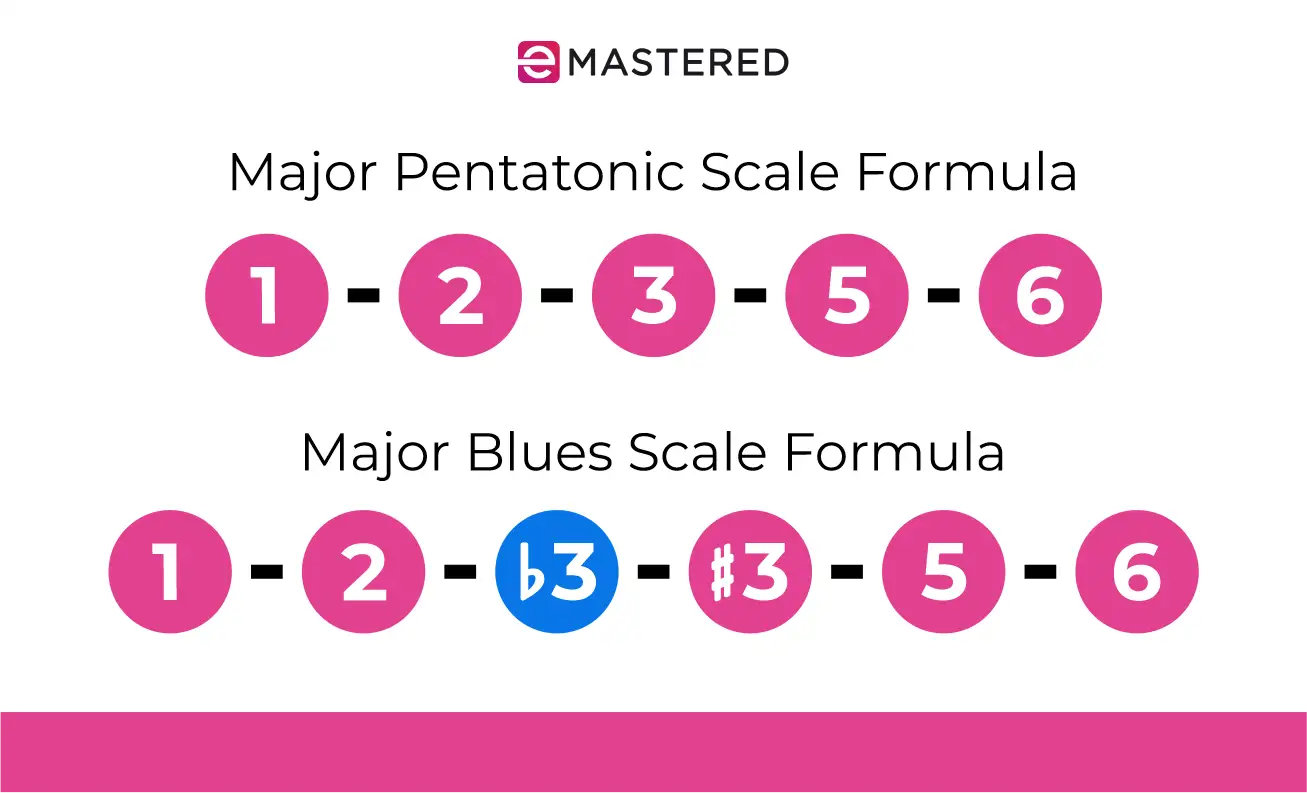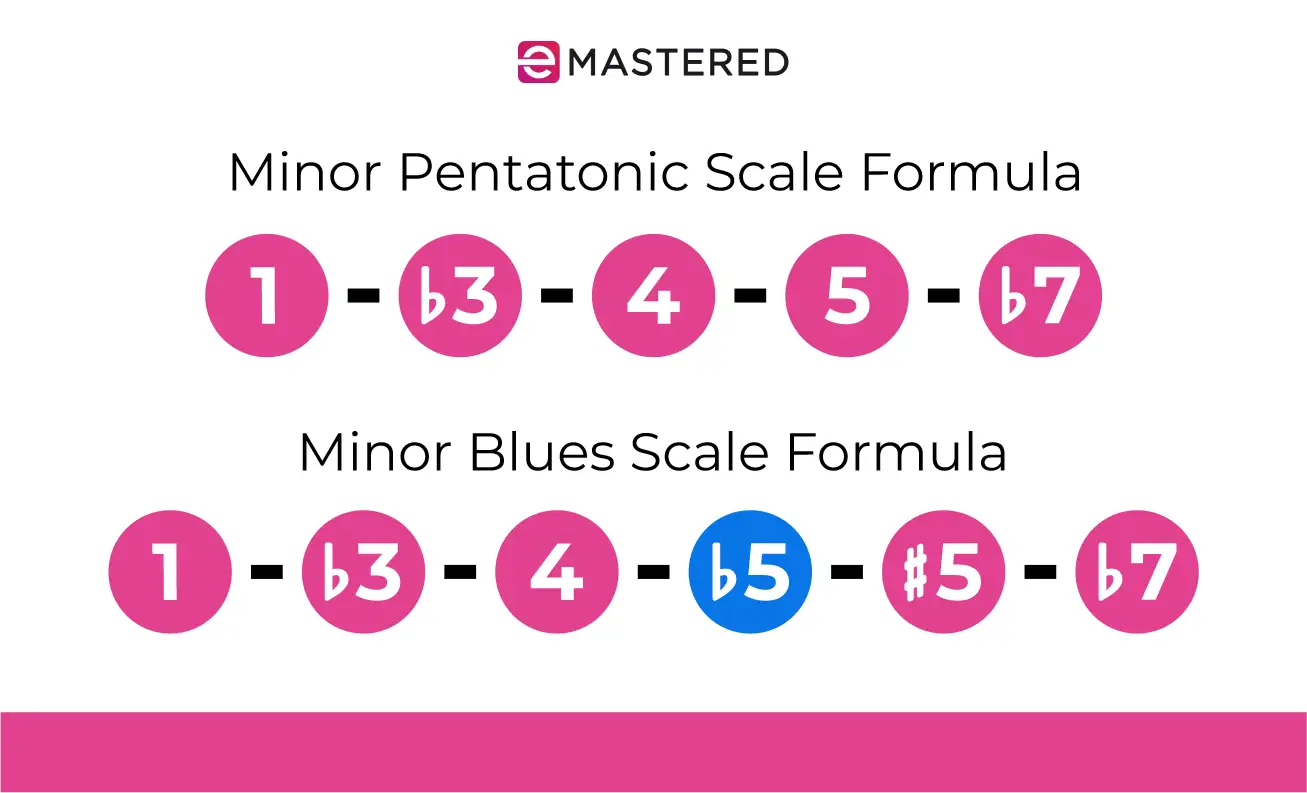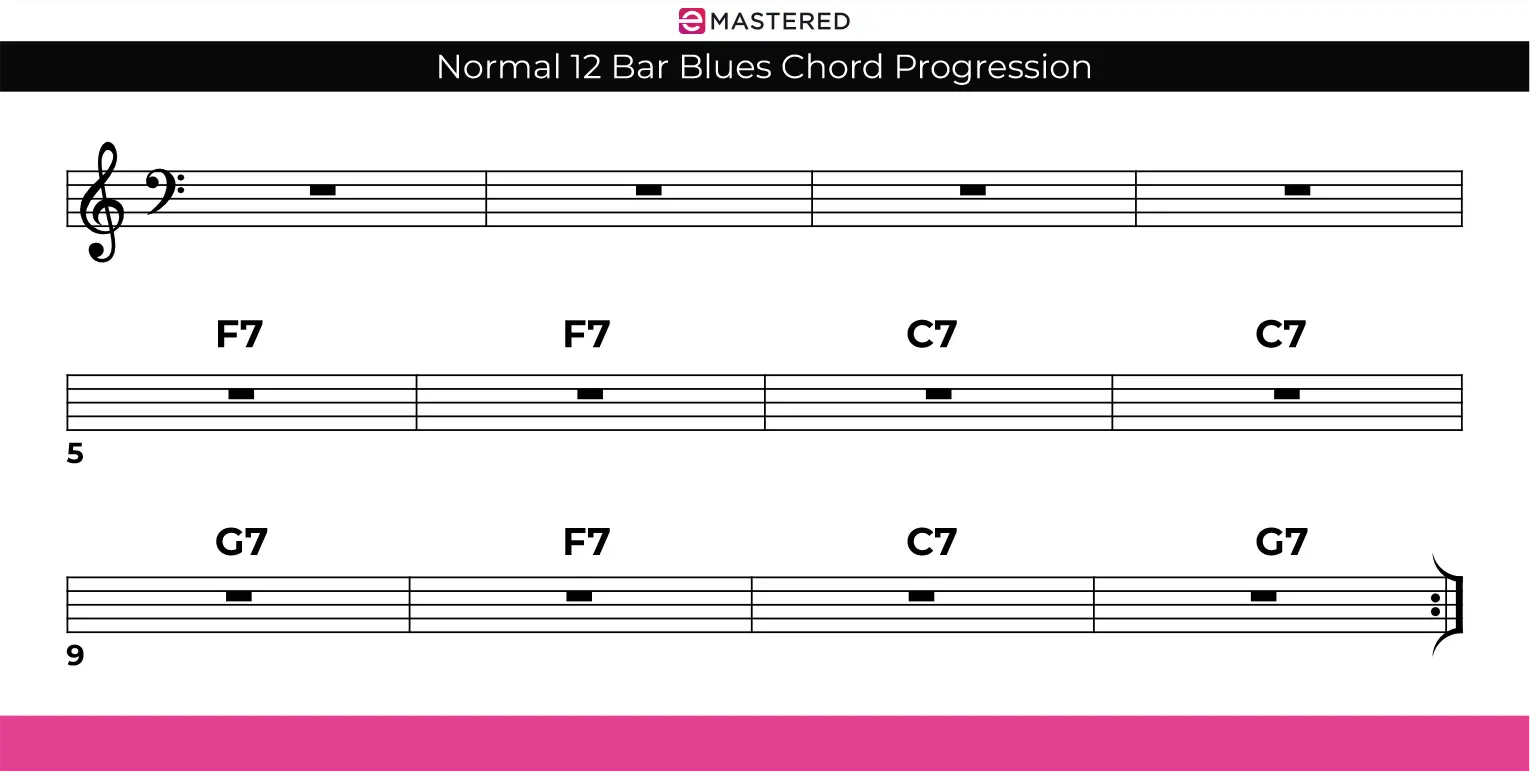There is nothing quite like a blues scale: these major and minor scales have a unique, almost jazz-like groove to them, encompassing years of musical history with their unique tone. Fortunately, these patterns are a lot less complex than you might expect: Each blues scale can be broken down into six simple notes.
Below, we'll explain exactly what a blues scale is and explain how to play both minor and major blues scale shapes so that you can bring these iconic positions and sounds into your own music.
What is the Blues Scale?
Blues music, as you might expect was born out of the hardship of musicians. This form of music has its roots in south, originating from African American communities crafting songs and hymns around slavery and its aftermath. This unique form of music combines chants, hymns, folk, and rhythmic instrumentation that laid down the foundation for rock and roll. Blues music is known for encompassing themes of love, resilience, and the overcoming of struggle.
There are many different eras and respective regions tied to blues music as a whole, but the genre at large gave way to a distinct 12 bar structure, as discussed below, as well as a set of distinct scales. Blues scales contain 6 notes and have a namesake "blue note" which adds a lot to the distinct depth of the blues sound.
By understanding the key patterns of blues music, you're able to tap into that signature blues sound, even when performing solo.
The Importance of the Pentatonic Scales in Blues
When playing the blues, you'll notice that the notes are strikingly similar to both the major and minor pentatonic scales and with good reason: they are. To build either the blues major scale or minor scale, you'll need to create the foundation of both pentatonic scales.
Minor Pentatonic Scale
The formula for a minor pentatonic scale is root note - minor third - perfect fourth - perfect fifth and flattened seventh. Therefore, C minor pentatonic is C Eb F G Bb.
Major Pentatonic Scale
The formula for a major pentatonic scale is root note - major second - major third - perfect fifth - and major sixth. Therefore, the C major pentatonic scale is C D E G A.
As the name suggests, pentatonic scales have five notes. All blues scales contain six notes, with the additional note referred to as the "blue note".
The pentatonic scale is also an amazing tool in its own right - feel free to incorporate pentatonic melodies into your tracks:
How to Play the Major Blues Scale
The major blues scale is very similar to a major pentatonic scale, with the addition of a flattened third. So, you start with a major pentatonic scale which includes the major first, second, third, fifth, and sixth scale degrees. From there, add in an additional flattened third which serves as the "blue note".

A C major blues scale will therefore be the following:
- Root note: C
- Major second: D
- Flattened third: Eb
- Natural third: E
- Perfect fifth: G
- Major sixth: A
You can find the major blues scale at work in blues-rock crossover songs like Crossroads by Cream, in the key of A major:
How to Play the Minor Blues Scale
Unlike most instances, in the world of blues, the minor scale is more popular than the major blues scale. When you play blues, you're often emoting a situation of complexity and depth which is much more akin to a minor composition.
Similar to the pattern for the major blues scale, we start with the minor pentatonic scale to create the minor blues scale. From there, all we have to do is add a flattened fifth, otherwise known as "the blue note".

So, a blues scale plays out as the following:
- Root note: C
- Minor third: Eb
- Perfect fourth: F
- Flattened fifth (blue note): Gb
- Perfect fifth: G
- Minor seventh: Bb
You can use a minor blues scale on lead guitar, blues basslines, or as a way to guide your keys while figuring out your chord structure. Some famous songs that use the minor blues scale include Fleetwood Mac's Black Magic Woman or B.B King's The Thrill is Gone:
Using a Blues Chord Progression
Once you've mastered the art of a blues scale, you might want to seal the deal by improvising over a blues chord progression ! Traditionally, blues chords are played in a configuration known as "12 bar blues". In this configuration, a guitarist oscillates between three different chords of a key: the I chord, IV chord, and V chord.
The chords are then played out in this pattern:
- 4X measures of the I chord
- 2X measures of the IV chord
- 2X measures of the I chord
- 1X measure of the V chord
- 1X measure of the IV chord
- 2X measures of the I chord

As you might notice, this accounts for 12 measures or 12 bars of music, hence the namesake of 12 bar blues. While it might seem overwhelming to solidify this pattern while learning blues guitar, it becomes second nature with a bit of practice.
You can use this exact pattern or the I, IV, or V chords (or others) underneath your chosen blues scale.
In terms of chord shape, the blues are focused heavily around dominant 7 chords to emphasize the signature blue notes. Many blues guitarists opt for open chord shapes like A7 and E7 or moveable barre chords like E form or A form across the fretboard:
Understanding the Blues Scale FAQ
The best way to master the blues scale is to put it into practice. Use these commonly asked questions and answers to help guide your sonic exploration.
What is the scale of blues music?
There are both minor and major blues scales in music. Both of these scales are based off of pentatonic scales, with the minor blues scale acting as a minor pentatonic scale with an additional flattened third or fifth. Similarly, the major blues scale is based off of the major pentatonic scale with a flattened third.
What is the formula for a blues scale?
The formula for a blues scale is the major or minor pentatonic scale, just with a flattened third or fifth depending on the context of the scale. A blues scale is a six note scale.
Is pentatonic scale same as blues scale?
No, though blues scales and pentatonic scales are related. Blues scales have an extra note which is either a flattened third or fifth scale degree to create a six note scale.
What are good blues scales?
Major and minor blues scales can both work to your advantage depending on what type of song you want to create. The "blue note" of each scale creates a unique tone and adds a sense of groove and depth to any composition.
The blues scale is steeped in tradition, storytelling, and a whole lot of groove. Have fun incorporating this legendary scale into your musical compositions.





